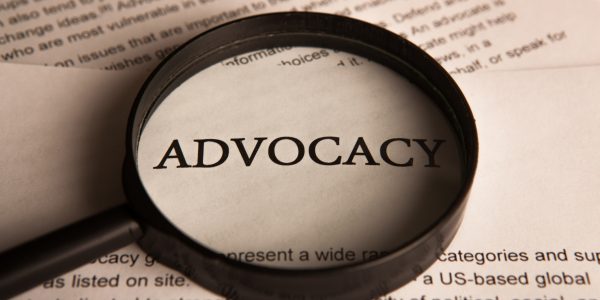Your Activist Glossary

Ever felt like other activists were speaking in a different language? We created this handy tool to help you learn the lingo and run a more effective campaign for change!
Petition:
This is kind of like your mission statement, and your central organizing tool. What do you want to happen? Why is it important?
*Pro-tip to make your cause even more compelling: include the reason you’re personally invested in this cause. Tell your story.
It might seem like a petition is the only thing you need to work on if you want to make a difference. But it’s actually part of a larger collection of tools that you can use to win! Petitions are a great way to raise awareness, put pressure on decision-makers, and get media attention — but they’re more likely to do all of those things if you use a petition as part of a larger campaign. Check out this story about a Care2 member who did just that, and won! (See also, campaign.)
Campaign:
This is all the things you’re doing in your push for change. It could include any or all of the following, or more: a petition, a press interview or other media attention, a rally or protest, delivering your petition signatures, recruiting folks to join your cause, organizing boycotts, or a viral social media meme, video or infographic. You can think of this as your master plan to make sure decision-makers are hearing you, and to make sure they’ll give you what you’re asking for in your petition.
Petition Delivery:
In some campaigns, printing out the signatures and hand delivering them to your target can be a great way to get their attention. It can also be really great for getting the media’s attention. Just be sure you tell local media when and where you’ll be delivering, and to take lots of photos and videos during your event. Also, give your target a head’s up that you’re coming. If the media is there, decision-makers will be unlikely to ignore the delivery.
Remember: a delivery doesn’t have to happen just once. And it also doesn’t have to be the end of your campaign. Sometimes, it can be just the beginning of an awesome larger movement. Read more about petition deliveries here.
Target:
This is the person who has the power to make the change you’re petitioning for. Sometimes this is the person or group who can actually do something and other times it’s a person or group who could force another person or group to do something. For example: if you want a company to implement better parental leave policies, you could “target” that company, or you could target the local, state or federal government instead and ask them to create a law forcing the company to update its parental leave policies. Want to know more? Check out this post about choosing a target.
Theory of Change:
This is when you explain to people why they should support your cause. This usually appears in your petition at the very least. Think of it this way: how could one more person supporting your cause help convince your target to make the changes you want? Be sure to tell folks as often as you can how their support will help the cause!
Protest, rally, sit-in, event:
These terms are somewhat interchangeable, though they each have a certain connotation. So consider the vibe you’re going for when you name your gathering of folks who are fighting for your cause. For example, if you’re gathering at your target’s headquarters and they have been hostile to you or your cause, you may choose to use some good old-fashion chanting and protesting. But if you know your target is sympathetic to your cause and just needs to be convinced that a lot of people really care, then an awareness rally or sit-in may make more sense.
Check out this handy pdf by the ACLU for more info on your rights at a protest.
At Care2, we always like to remind people that peaceful protesting yields the best results. We also do not condone hatred or violence.
Social Media Campaign:
Nowadays, many people get their news via the Facebook machine or Twitter. This means that every person — and not just reporters — now has a platform to make themselves heard. So, you need to get as many regular folks reporting on your cause as possible! You could ask them to share your petition or event information on Facebook, Twitter or via emails. Maybe you even have a hashtag you could have them use to help amplify your cause. Another way of getting folks to show support is by asking them to change their profile picture to an image representing your cause; one easy way to do this is using the app Twibbon.
Don’t worry, if you don’t know what all that means, you can head over to our webinar where we covered social media best practices.
Did we miss anything? Let us know in the comments!
